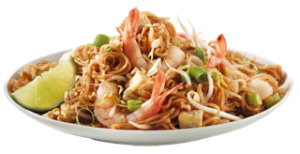Birds Commonly Found on Campus!
Fox Sparrow
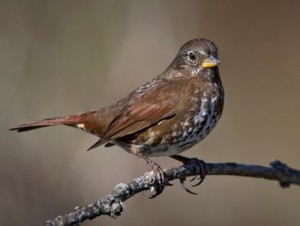
ID: Round body, brown back, blotchy coloured chest, sometimes with a reddish tinge.
Where: Spends most of its time near the ground, around shrubs. Look near the bike kitchen and the flag pole outside Gage.
Sound: http://www.allaboutbirds.org/guide/Fox_Sparrow/sounds
Song Sparrow
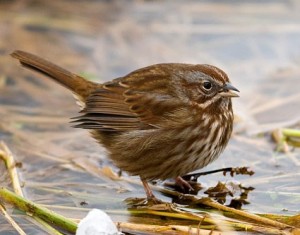
ID: Similar to the Fox Sparrow, but less blotchy on the chest with more defined streaks. It`s colour is typically brown or grey.
Where: Spends most of its time near the ground around shrubs. Look by the flag pole and near the bike kitchen.
Sound: http://www.allaboutbirds.org/guide/Song_Sparrow/sounds
Anna’s Hummingbird
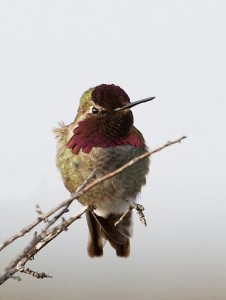
ID: Small, shiny red feathers on the neck and head; broad tail and long beak.
Where: You can find these in the branches of short trees. They look like a little knob on the bare branch. They are right outside the entrance to the Apartments
Sound: http://www.allaboutbirds.org/guide/Annas_Hummingbird/sounds
Spotted Towhee
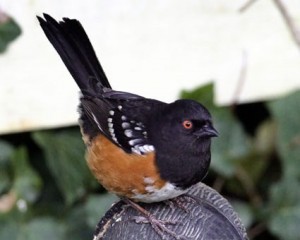
ID: Larger than the sparrow, distinctive feather colour and pattern, thick beak, chunky body, long and rounded tail
Where: Look around ground shrubs and edges of forests, they hide out in thick shrubs near the ground. Look near the upside-down tree and totem forest.
Sound: http://www.allaboutbirds.org/guide/Spotted_Towhee/sounds
Black-capped Chickadee
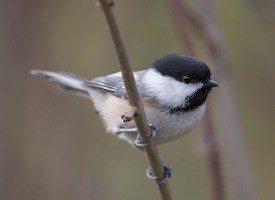
ID: Very small, Black cap on head, mostly white round body, stripes on the wings.
Where: Hangs out on tree branches around campus. You can hear them everyone on campus with their “Chick-a-dee-dee-dee”.
Sound: http://www.allaboutbirds.org/guide/Black-capped_Chickadee/sounds
Northern Flicker

ID: Larger bird with a woodpecker profile, grey/light brown body with circular black spots.
Where: Found in open habitats on trees, near forests and on the forest edge. You can hear their crackling call.
Sound: http://www.allaboutbirds.org/guide/Northern_Flicker/sounds
By: Matthew Loss


 Follow
Follow


